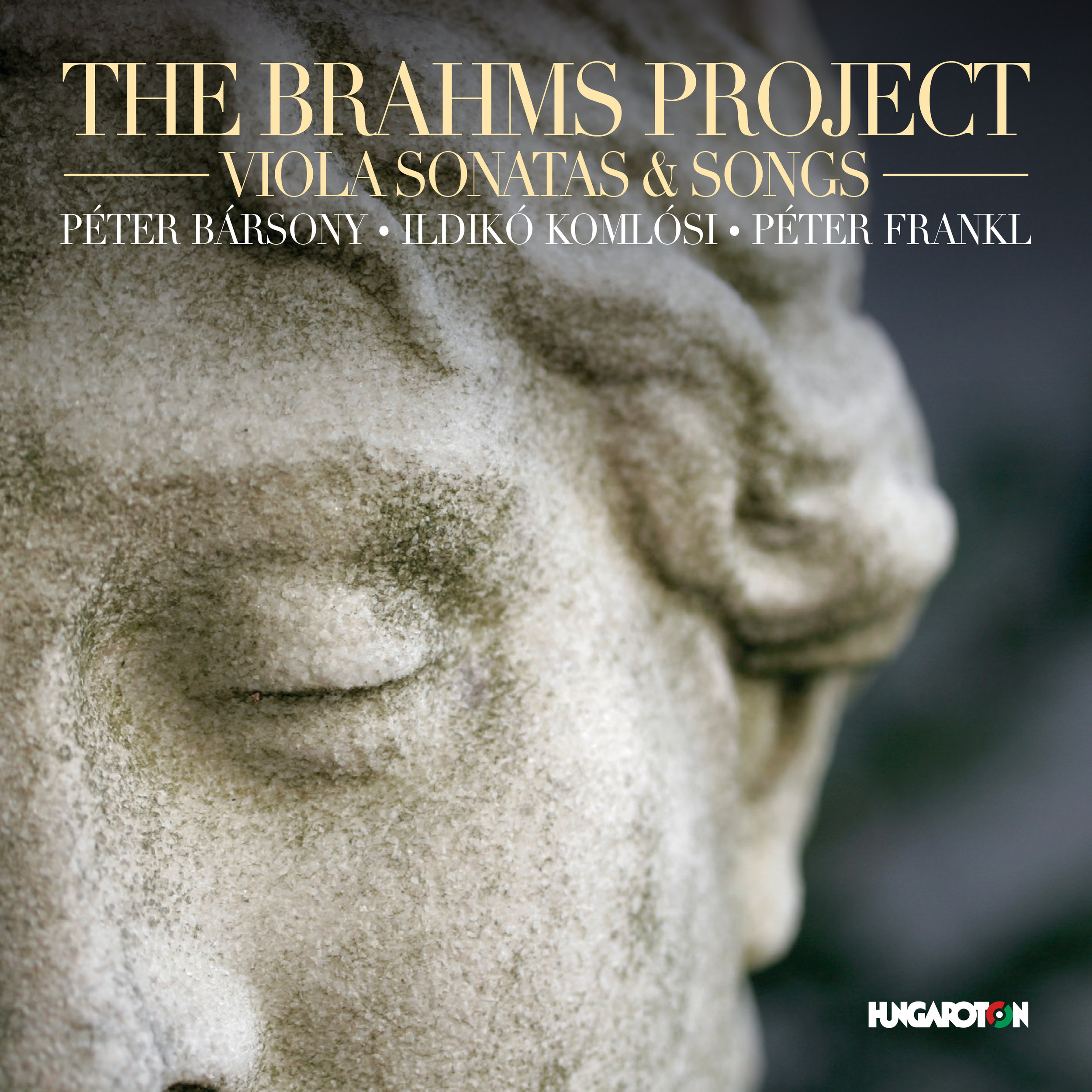Magyar Narancs: The Brahms Project: Viola Sonatas & Songs
It happens rarely that at one point in the course of his career a great musician suddenly decides to give up composing. And still something similar happened. In 1890, at only 57 Johannes Brahms thinking he had grown ’old’, and had written all there was to write, resolved to call it a day. However, destiny had a different plan: in March 1891, in Meiningen the composer met Richard Mühlfeld, the clarinet phenomenon of the ducal orchestra who, stirring up Brahms’ creative desires encouraged him to compose new pieces. Besides the two clarinet sonatas (the clarinet trio and the clarinet quintet) Brahms completed new works of various other genres including Four serious songs, and a multitude of late piano pieces.
The Two clarinet sonatas (op. 120/1, 2 – F minor, E flat major) is also known in viola-piano version. The correlation of two types of art form offer excitement: the character and the artistic message of the music changes because as the clear colours of the clarinet version help surface the twilight cheer of the late style through the nasal, dark tone of the instrument, the viola version emphasizes the poetry of resignation and melancholy at least as authentically Brahmsian.
Péter Bársony (1975) and Péter Frankl (1935) recorded the two works, and complemented the sonata pair with Two songs for alto, viola and piano(op. 91) where the alto is sung by Ildikó Komlósi. The CD holds the purest, and most noble chamber music: sensitive, and subtle. Bársony is accurate, highly cultured, meticulous, while Komolósi is a shade paler; Frankl’s freshness, ‘only’ 81 in December 2016, the time of the recording, along with his joie de vivre, and the richness of colour oozing from his playing is the very miracle of empowering art.
Kristóf Csengery
Source: Magyar Narancs

